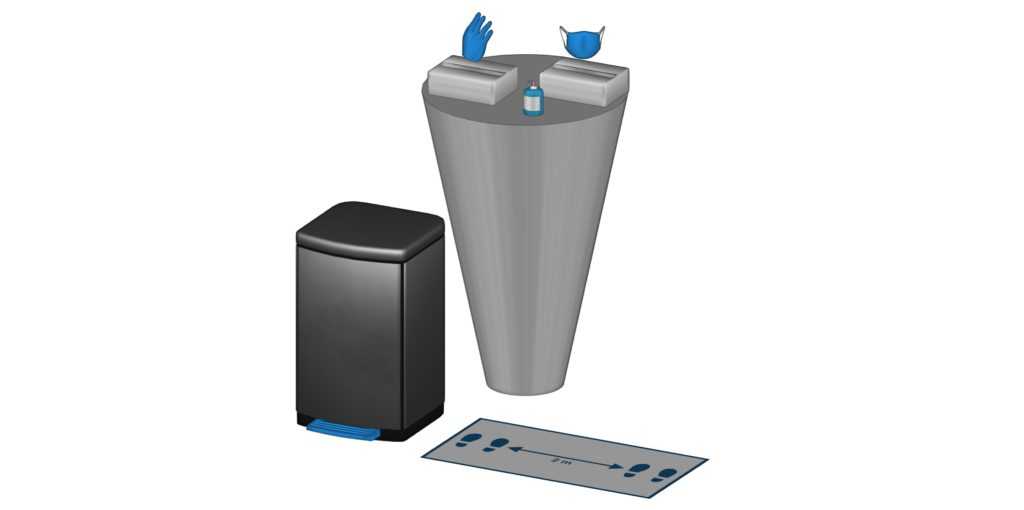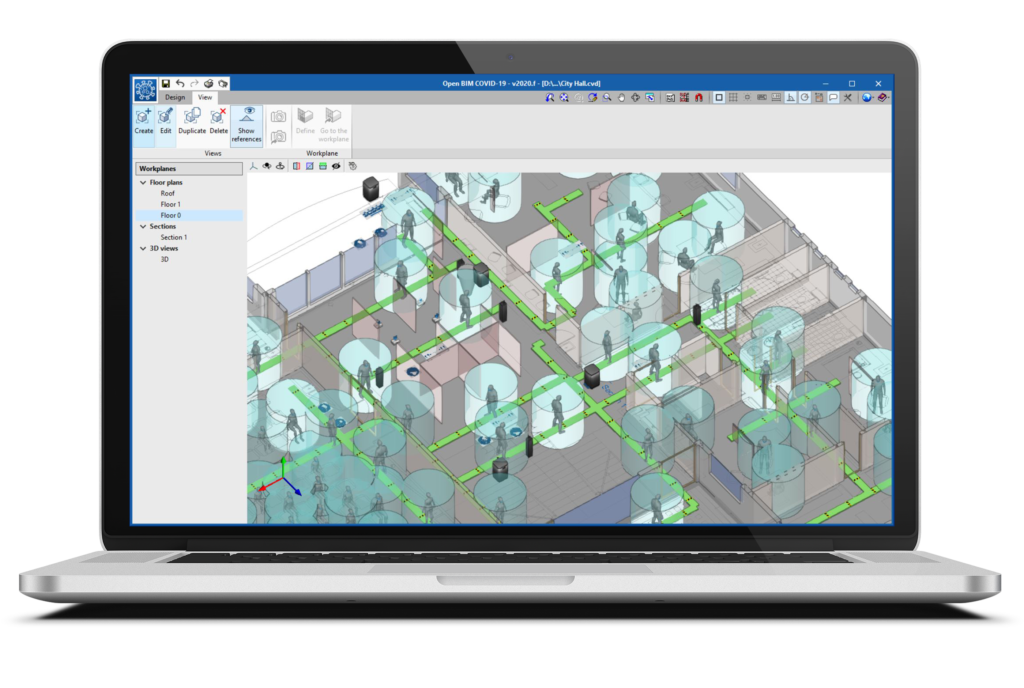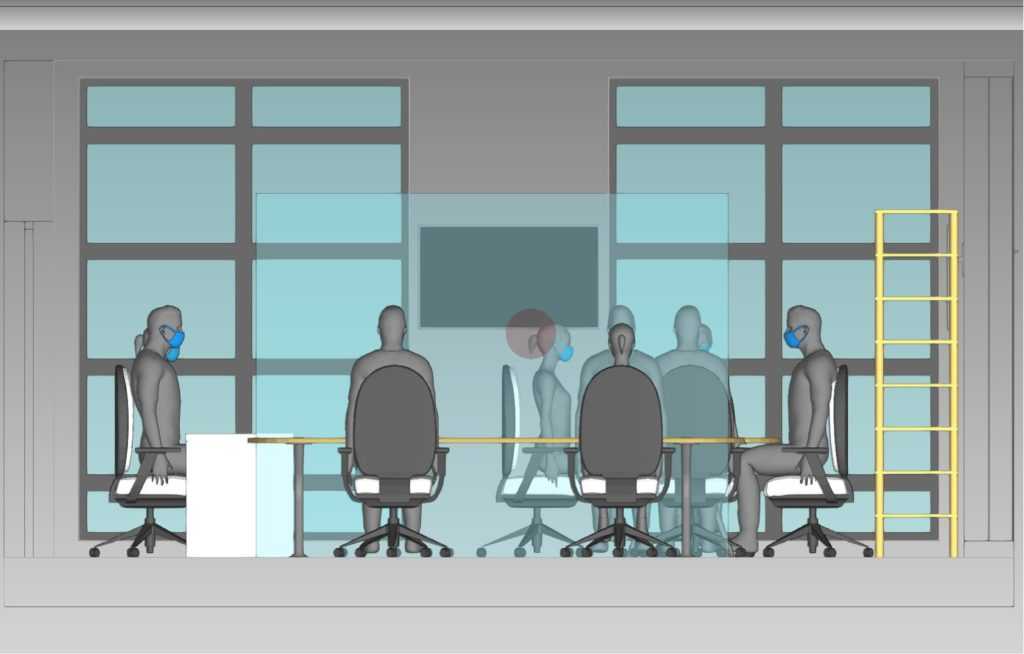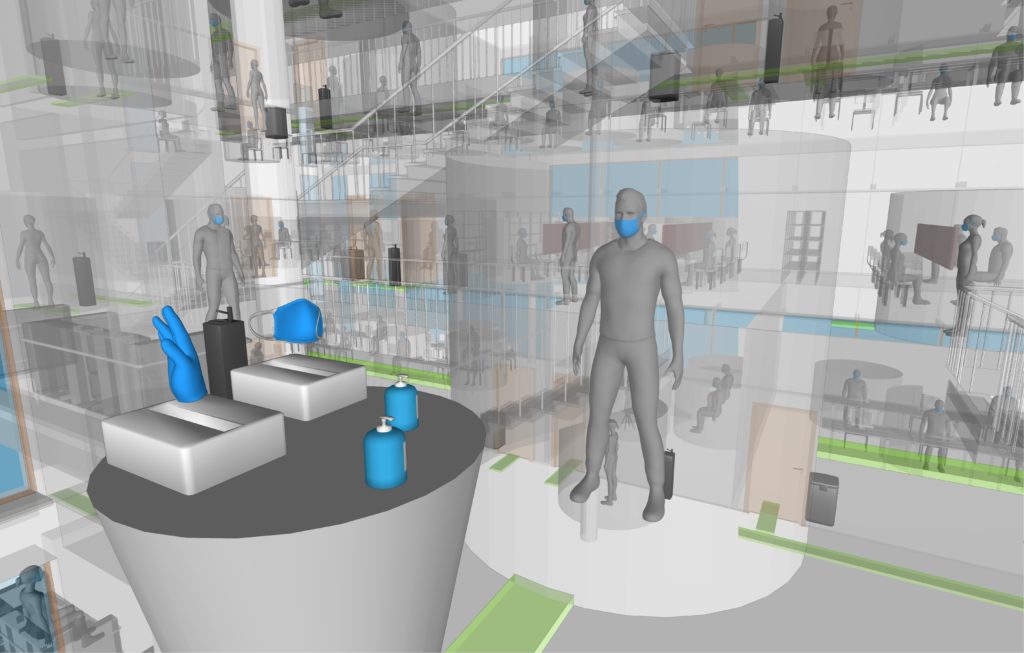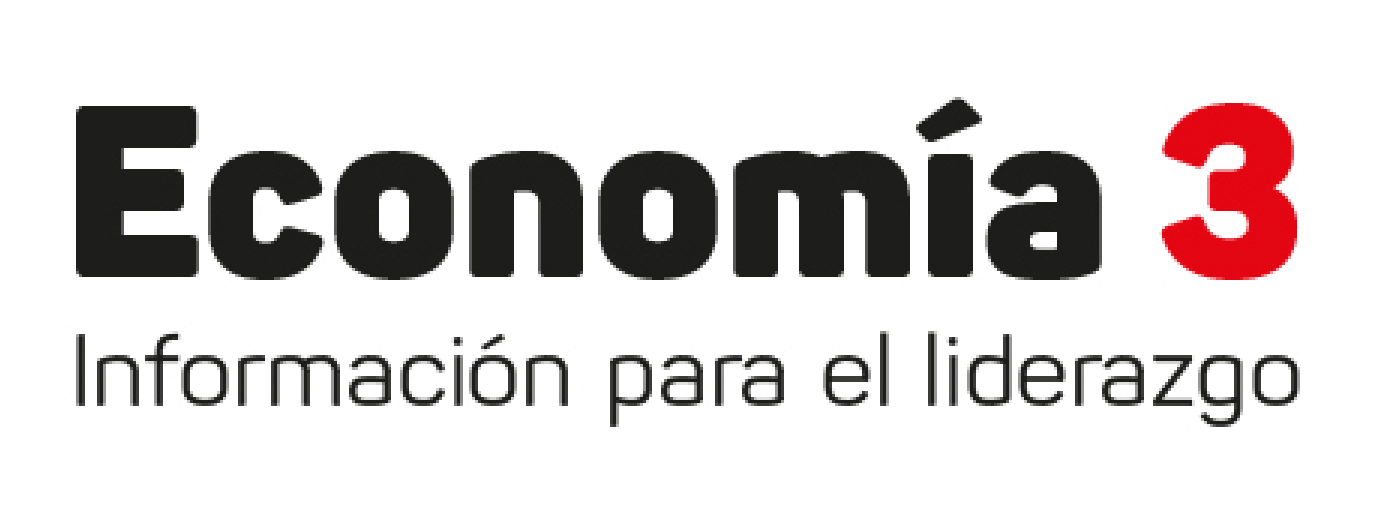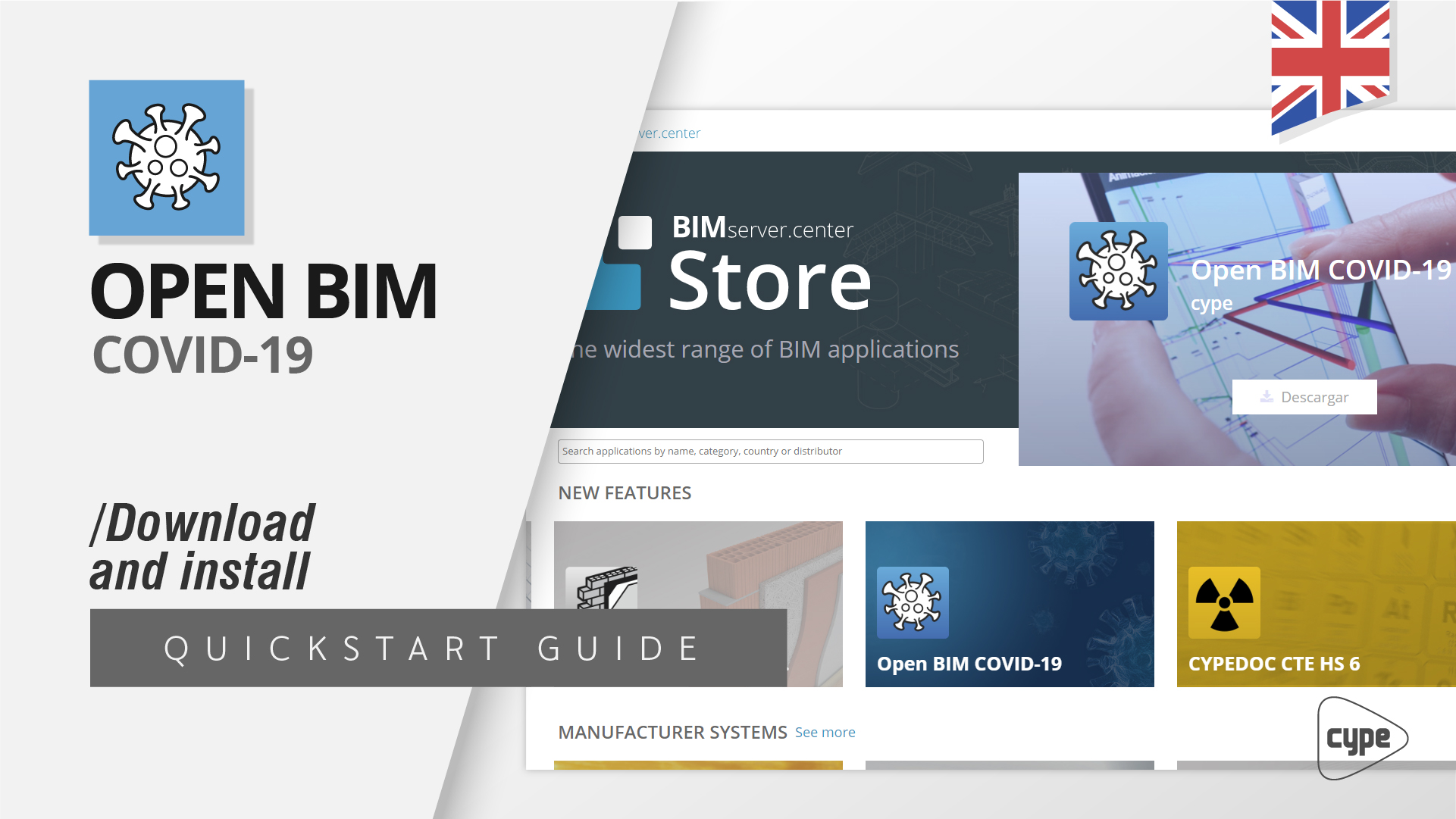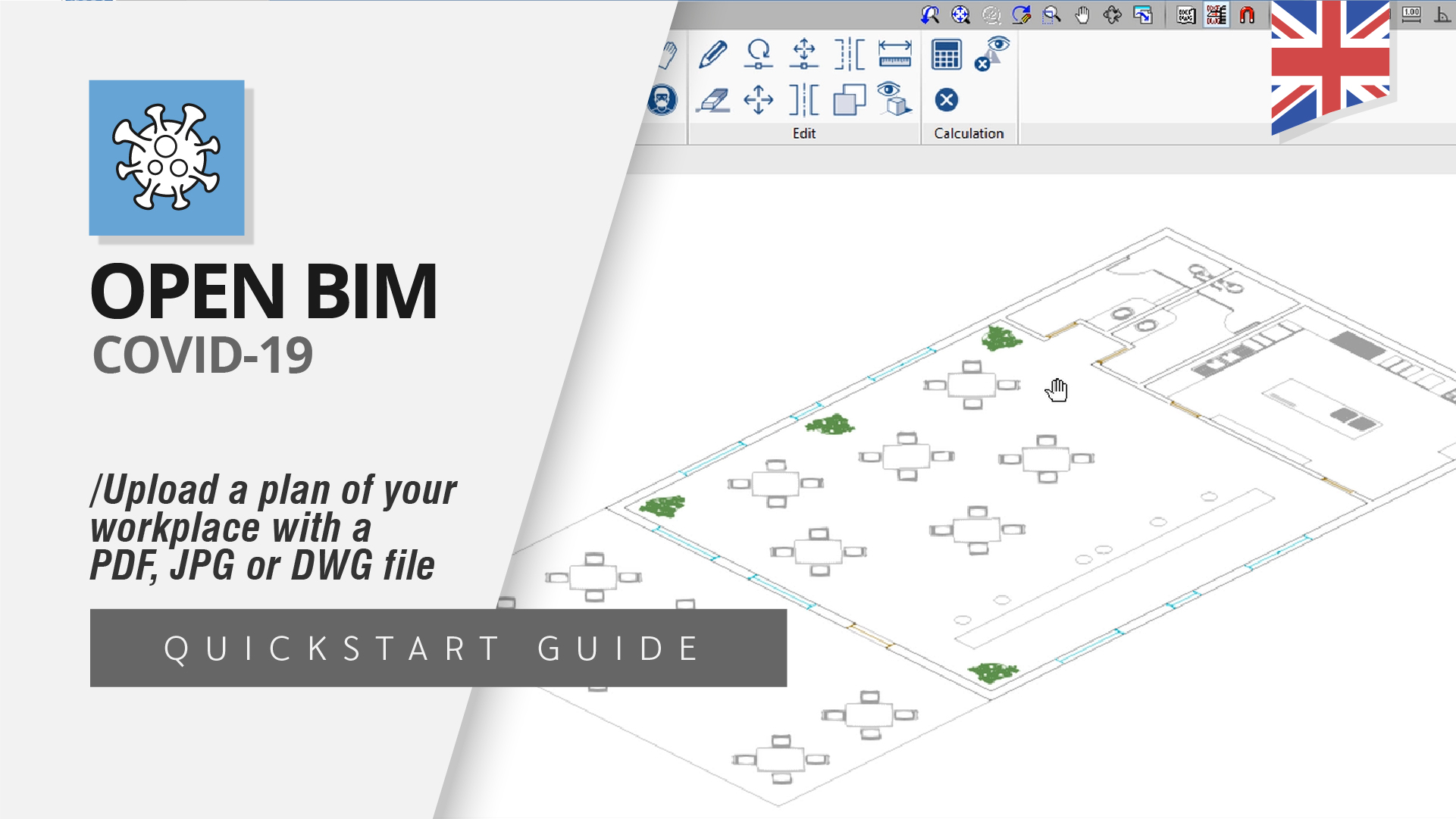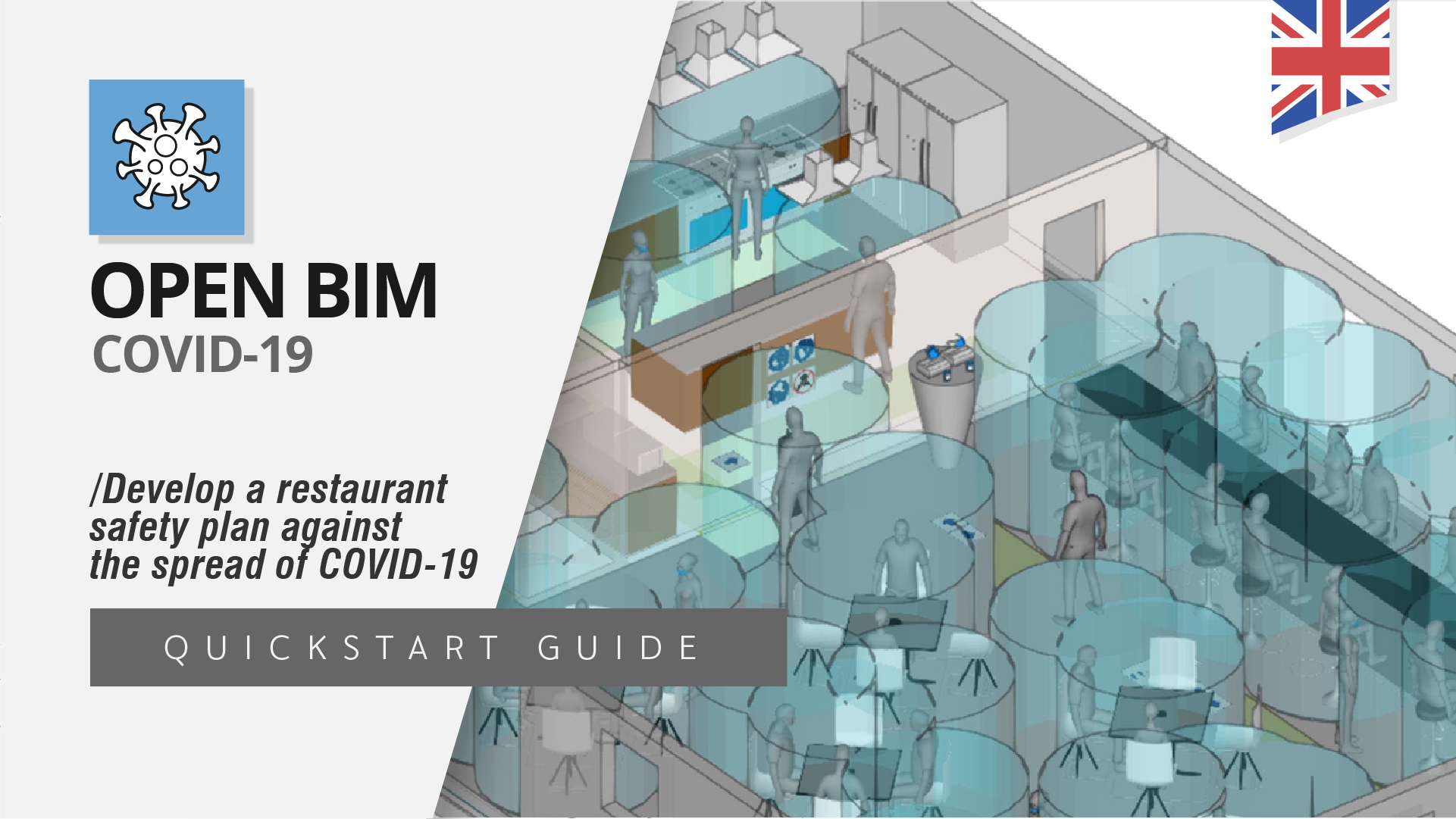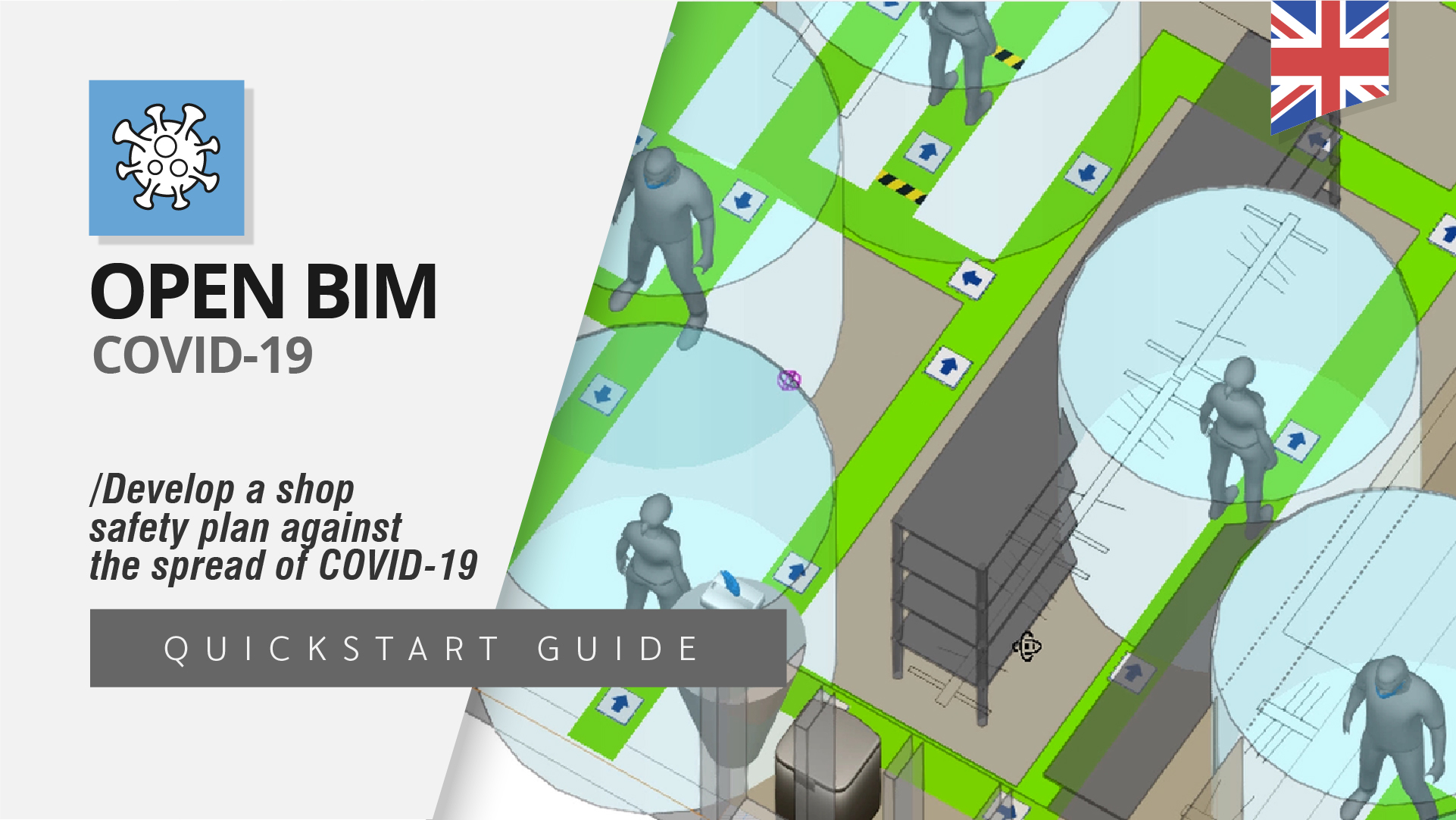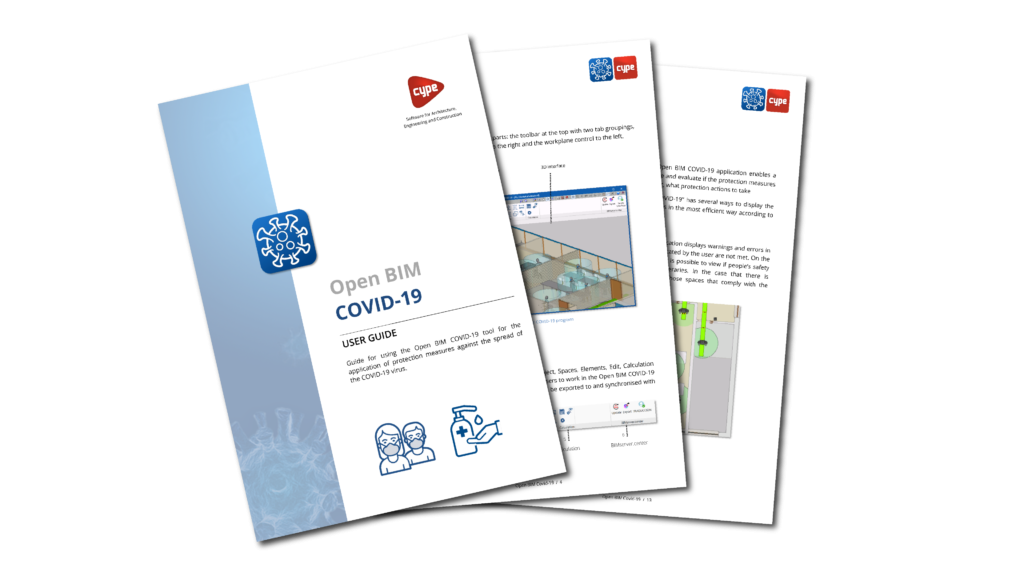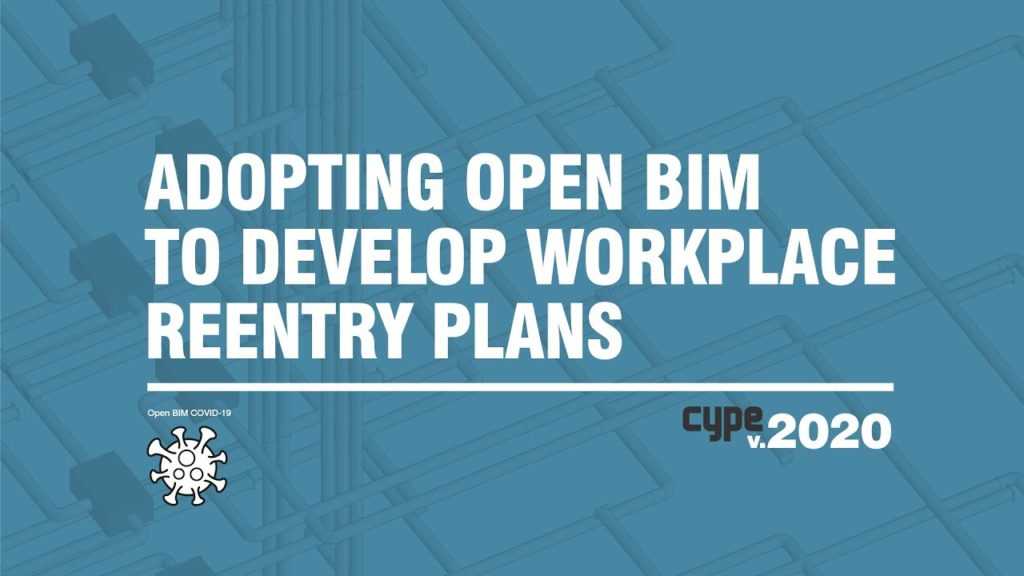
Download and use it for free
As a result of the COVID-19 pandemic caused by the SARS-CoV-2 virus, the majority of national governments in affected countries have enforced mobility restrictions to prevent the spread of the disease. "Open BIM COVID-19" is a free tool that permits users to establish and check the conditions necessary for the reopening of businesses and workplaces to ensure maximum safety for employees and users.
Latest updates
How to use it
Video tutorials
Getting involved
Help someone develop a safe plan
We would like to connect people who need a restructuring plan for their workplace with volunteers who want to use Open BIM COVID-19 to help them. For this, we have created a group on Linkedin.
Share this initiative
The more people who know that there is a free tool like this, the easier it will be to return to normality in this post-COVID-19 period. Help by sharing this initiative with your friends!
Send us updates about new codes and regulations
We are working hard to make this tool complete. In recent times things have been changing very quickly. If you know of new laws, codes or regulations that could be implemented in Open BIM COVID-19, let us know.
Main features
- Spaces
- People
- Routes and Separators
- Elements
The spaces are subdivisions of the building that, in this case, users can use to define requirements that are different to those in the project or to obtain partial results. Users can create spaces and specify the maximum capacity for each individual space. This value replaces the capacity set in the general data of the project.
Open BIM Workflow
If the job is linked to a project on the BIMserver.center platform with an architectural model in IFC format that contains areas, it is possible to transform them into spaces that belong to the calculation model of the "Open BIM COVID-19" application.
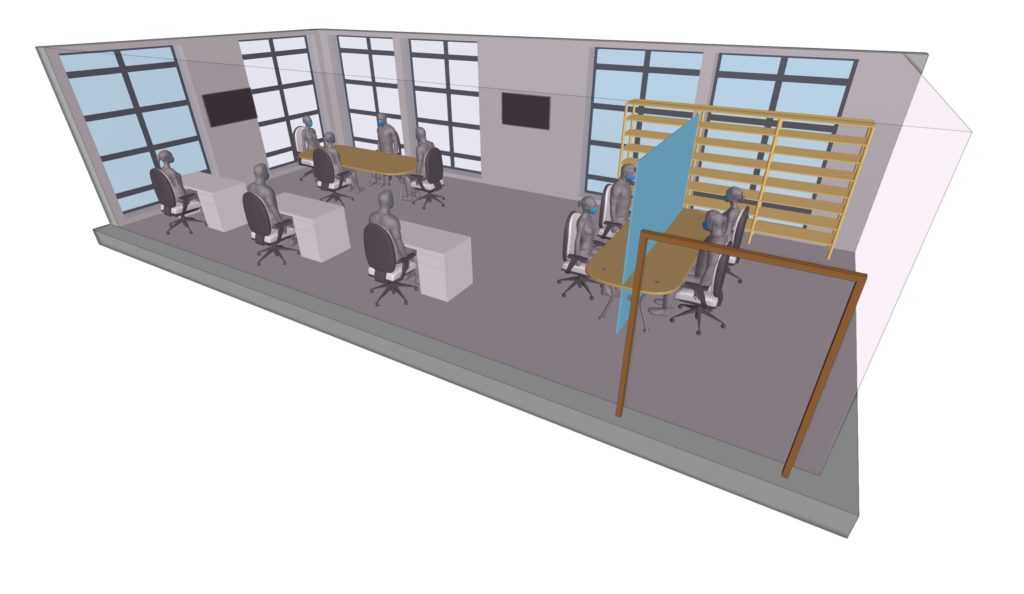
People
The people can be considered as the main component of the safety plan since they are the element that must be protected. The people are used to calculate the capacity of the project, as well as of the space where they are located.
Interpersonal safety distance
The interpersonal safety distance can be entered for a specific person so that it replaces the distance defined in the general project data.
Groups
Groups of people can be used to avoid checking the interpersonal safety distance between cohabitants.
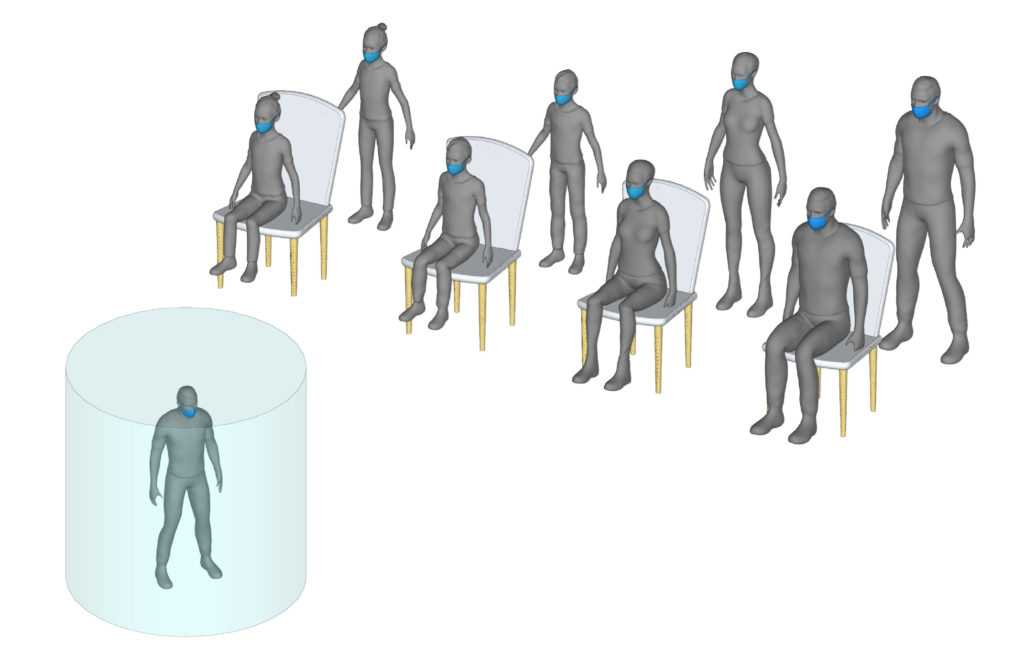
Routes
The routes allow safe circulation routes to be established in the establishment.
Separators
The separators are physical barriers that help reduce the possibilities of disease transmission at points where an adequate separation distance cannot be guaranteed.
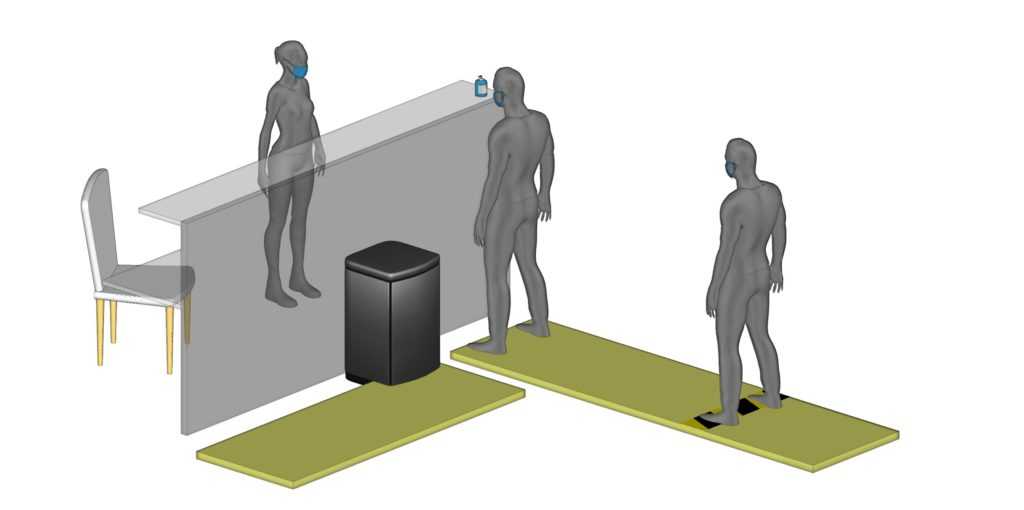
Bin
Bins with an automatically closing lid that can be located at the exit of establishments to dispose of elements that have been in direct contact with users.
Hydroalcoholic gel, masks and gloves
The application allows users to introduce mask, gloves and hydroalcoholic gel dispensers in the points they consider necessary.
Signs
The signs and signals clearly indicate to users which are the protection measures that they must follow.
